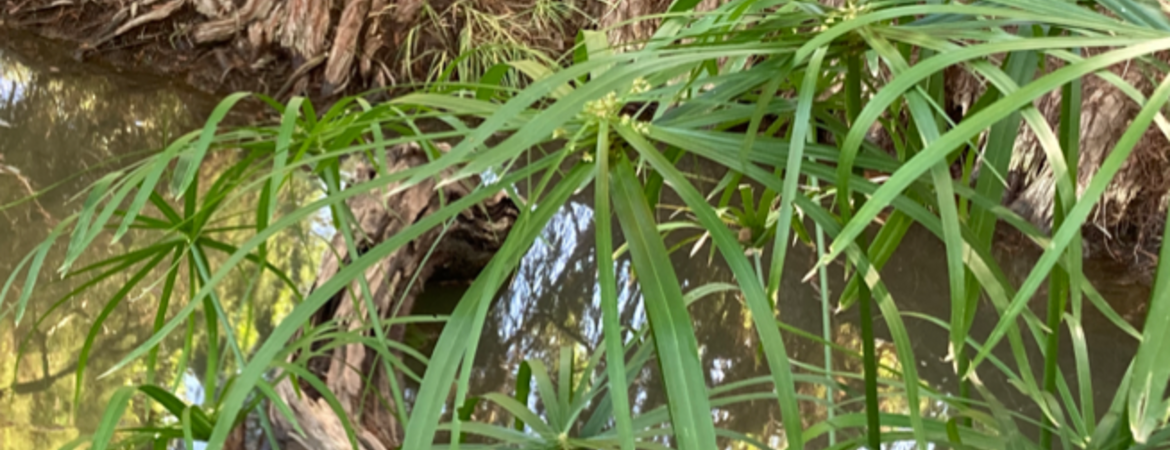
Along the marshy banks of the lower Nile River before it joins the Mediterranean, a sedge plant known to the ancients as “papyrus” or sometimes “biblos” flourished for many thousands of years. The plant was essential to the lives of the Egyptians, providing material for fabric, sails, baskets, and even boats. Papyrus is best known, however, for its use as one of the first media for the emergence of writing, the basis of all shared information.
Writing has its origins in the very earliest marks made on hard surfaces to count animals, record basic information, and then later to transmit thoughts and meanings. The basic materials were either soft clay or hard materials like tortoise shells, stone, and metals into which marks and later words were carved. However, as early as four to five thousand years ago the Egyptians were beginning to use a different kind of material for their recording needs. That material was formed from the inner parts of the papyrus stems which were cut into long strips placed side by side, crisscrossed, and then pounded into sheets that were dried and joined to form long sheets which could be rolled into scrolls. Depending on the care taken in this process the results ranged from crude wrap to a very fine surface for the writer. Historians now believe that this writing material quickly spread throughout the Mediterranean region and beyond through trade dispersion. In fact, Pliny the Elder authored a treatise on the making of papyrus, possibly the world’s first “how-to” manual.
Scholars have confirmed that the use of papyrus as a writing surface was contemporary with the ancient clay tablets and tortoise shell carvings of Mesopotamia (the “fertile crescent”), which places its use as far back as perhaps 5,000 years. Because of its fragile nature, little was known of the widespread use of papyrus until more modern discoveries by archeologists using newer methods of preservation and reconstruction. In fact, a large number of papyrus scrolls were discovered in the mid 1700’s in Herculaneum, having been charred by the eruption of Vesuvius, and are still in the process of being unrolled and deciphered.
Although modern writing materials are made primarily of wood pulp, it is papyrus that has given them our word “paper’; the word “biblos” has stayed in our language as “bibliography” and even “Bible”. The act of writing itself has been transformed from the movement of hand and pen on a surface to the use of intermediate objects, such as keyboards, dictating machines, voice recognition computers, and mobile devices. Nevertheless, the place of papyrus in the evolution of communication remains firm.
Like many plants, papyrus is woven into the fabric of our civilization though its widespread use in many cultures and locations. Interestingly, it no longer grows along the Nile, except where it may have been reintroduced. It does, however, grow around the world in favorable marshy locations and temperate zones.
The beautiful starburst of the papyrus plant graces many gardens today, both public and private, especially those with pools or running water.